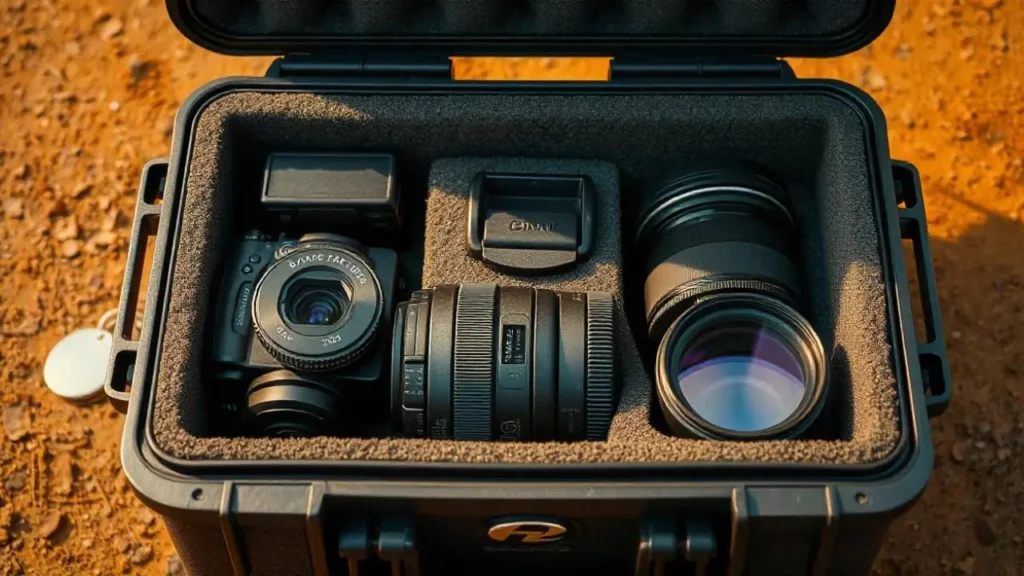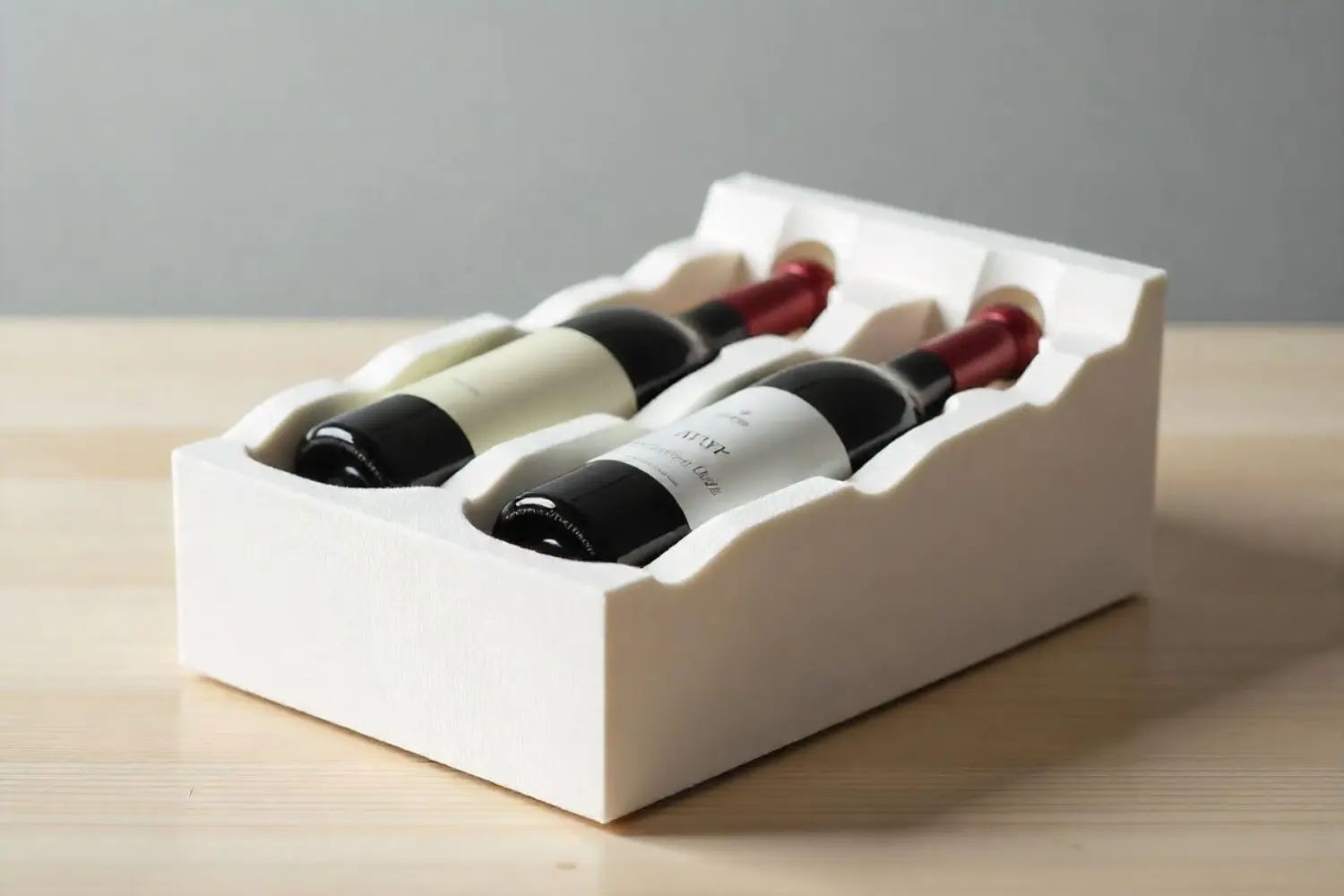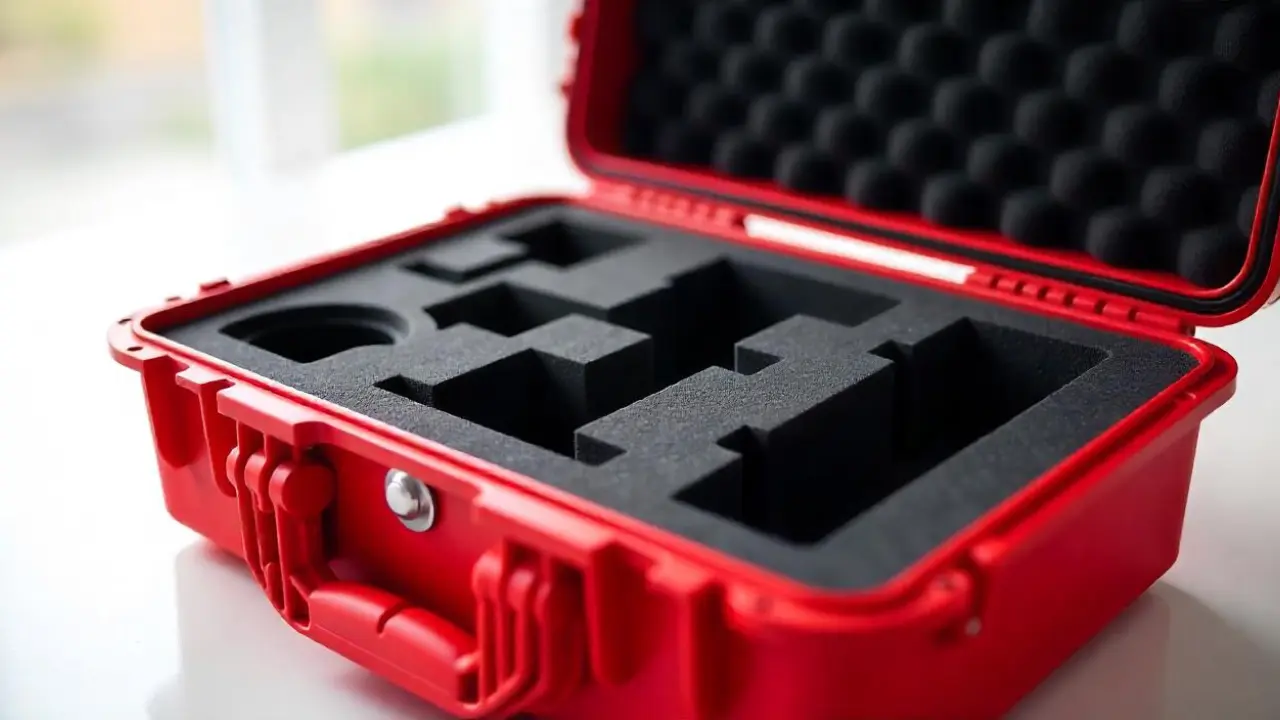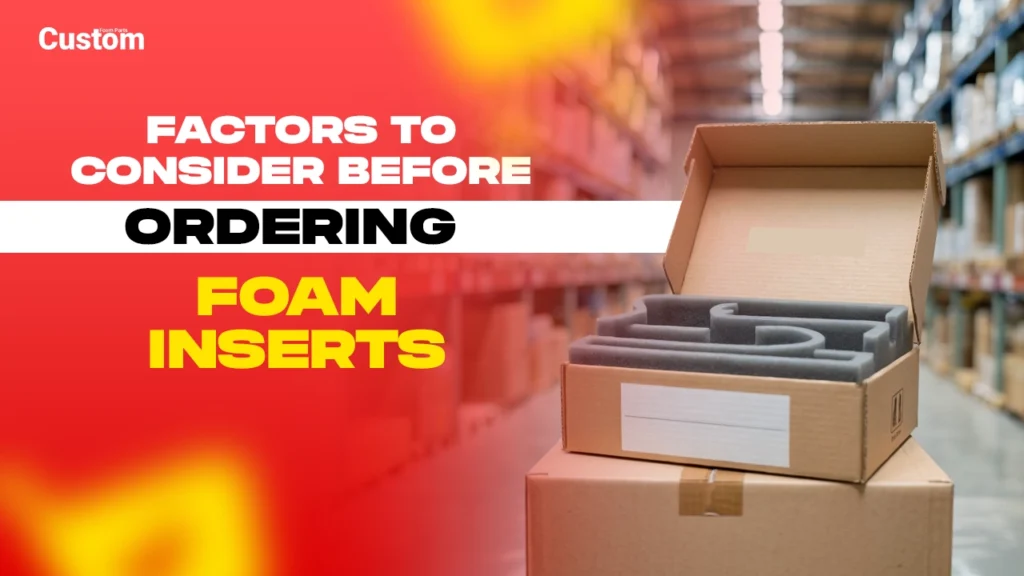
When ordering foam inserts, it’s crucial to consider factors such as material type, density, item dimensions, environmental exposure, aesthetics, and budget—because each element directly impacts the insert’s ability to protect, present, and preserve your products effectively. At Custom Foam Parts, we help clients make informed choices by evaluating every critical aspect, ensuring that their custom foam inserts not only meet but exceed expectations in both funchttps://customfoamparts.com/tion and form.
This comprehensive guide walks you through the key considerations—from selecting the right foam material to optimizing insert design for logistics, sustainability, and branding.
Define the Purpose of Your Foam Inserts
Start by answering a simple question: What will your foam insert be used for? The intended use dramatically influences every other factor.
Common Applications:
- hipping Protection: Electronics, glassware, tools, or instruments
- Retail Packaging: Cosmetics, jewelry, luxury items, or tech gadgets
- Storage/Organization: Industrial tools, medical devices, military gear
- Presentation: Sample kits, promotional boxes, display cases
Different use cases call for different materials, cuts, finishes, and durability levels. For example, inserts for industrial tools may need rugged polyethylene, while retail kits might require soft polyurethane or EVA foam for aesthetics.

Selection of Foam Material
There’s no “one foam fits all.” The foam type must be selected based on what you’re packaging and the level of protection required.
Popular Foam Types:
Polyethylene (PE) Foam
- Rigid, durable, and resilient
- Excellent shock absorption
- Ideal for tools, electronics, automotive, and industrial items
- Water and chemical-resistant
Polyurethane (PU) Foam
- Soft, lightweight, and economical
- Best for light objects or filler material
- Common in cosmetics, gift boxes, or promotional items
EVA Foam
- Smooth surface with a premium look
- Impact-resistant and customizable
- Used in medical, electronics, and branded packaging
At Custom Foam Parts, we help you compare these options and test them against your actual products before finalizing the order.
How to Select the Right Foam Density
Density matters—a lot. Foam density determines not only protection but also weight, thickness, and even appearance.
| Density Range | Best For | Example Use |
|---|---|---|
| 1.7–2.2 lb/ft³ | Light cushioning | Promotional packaging, cosmetics |
| 2.2–4 lb/ft³ | Moderate protection | Electronics, tools |
| 4–6+ lb/ft³ | Heavy-duty protection | Firearms, industrial, military equipment |
Too much density may result in over-packing and higher costs. Too little density may leave your product vulnerable. We’ll help you hit the sweet spot.
Precise Product Dimensions and Tolerances

Every insert starts with your product’s dimensions. Even a 1mm error can lead to a poor fit or reduced protection. Provide accurate:
- Length, width, height
- Weight
- Shape outline (CAD files or physical samples)
- Accessory placement
For example, if your product has protruding parts or fragile corners, we’ll design multi-depth cutouts or layered foam for full coverage.
Orientation and Placement Strategy
Orientation refers to how your product will be positioned inside the packaging or case. It impacts safety, visibility, and ease of access.
Questions to Consider:
- Should the item be upright, flat, or diagonal?
- Will the user remove the item frequently?
- Does the item need additional compartments (e.g., cables, manuals, chargers)?
We incorporate finger holes, tabs, hinges, or lift-out trays to enhance accessibility without compromising protection.

Environmental Conditions
Think about where your products will go and what they’ll face.
- Temperature extremes? Choose cross-linked PE foam.
- High humidity? Opt for closed-cell foams that repel moisture.
- Electronics? Use ESD-safe or anti-static foam.
- Chemical exposure? Choose chemically resistant options.
Not sure? Just ask. Custom Foam Parts offers tailored advice for packaging exposed to specific environmental conditions—transported across oceans, deserts, or stored in fluctuating temperatures.
Packaging Regulations & Industry Compliance
Depending on your industry, your foam inserts may need to comply with regulations:
FDA-approved or hypoallergenic materials
RoHS and REACH compliance
MIL-SPEC foam and color-coding
We ensure every foam solution meets required certifications and documentation for audits or export.
Aesthetic and Branding Requirements
Your foam inserts should do more than protect—they should elevate your brand. We offer customizable options for:
- Foam colors to match your branding
- Laser-etched logos or brand elements
- Multi-color layering for premium visual appeal
- Velvet or flocking finishes for luxury products
Retail and eCommerce packaging often influences first impressions. Investing in well-designed custom foam inserts adds polish and prestige to your product line.

Budget Planning and Cost Efficiency
Custom foam inserts aren’t expensive when designed intelligently. We help you optimize costs without compromising quality.
How to Save:
- Use standard foam sizes to reduce cutting waste
- Combine multiple item types into one insert
- Choose efficient cutting methods (CNC, die-cutting)
- Order in volume to benefit from batch pricing
Custom Foam Parts helps you assess cost per unit vs protection value, especially when shipping high-value items.
Order Volume, Lead Times & Prototyping
Production method and turnaround time depend on your order size and customization level.
- Small batch runs are ideal for startups, prototypes, and one-time events
- High-volume runs offer the best value for mass production
- Prototyping services allow you to test and refine before committing
Our team offers full CAD mockups, foam samples, and scalable production—so you can grow without repackaging from scratch.
Sustainability & Eco-Conscious Packaging
Today’s customers expect businesses to be eco-conscious. If sustainability is a priority, we offer:
- Recyclable PE and PU foams
- Biodegradable foam alternatives
- Minimalist inserts with low waste production
We also help reduce packaging weight, lowering shipping costs and carbon emissions.
Case Studies & Industry Use Examples
Industrial Use Case
A client in the automotive industry needed packaging for diagnostic tools shipped globally. We used high-density PE foam, water-jet cut for precision, and added QR-labeled compartments for organization.
Medical Sector
Custom EVA foam with antimicrobial treatment was used for sterilized surgical kits. Each tray held instruments in exact order for surgical readiness.
Luxury Jewelry
A high-end brand used layered black and gold EVA foam to cradle each ring and bracelet. The insert included an embossed logo and velvet backing for elevated brand presentation.
Why Choose Custom Foam Parts?
With years of experience in custom foam design and manufacturing, we’re trusted by industries from aerospace to luxury retail . Our process is built for accuracy, speed, and support.
Final Thoughts
Before ordering custom foam inserts, it’s essential to evaluate all key factors—from foam type and density to dimensions, environment, and branding. Each decision directly influences the safety, appearance, and cost-effectiveness of your final product packaging.
At Custom Foam Parts, we make that process seamless. Our experts are ready to guide you through every step, ensuring that you receive foam inserts that perfectly match your product, industry, and goals.
Whether you’re packaging medical tools, luxury products, or industrial gear, we’ve got you covered—literally and figuratively.
FAQs
Can you create a prototype before mass production?
Yes! We offer physical samples or digital renderings before committing to full production.
What is the turnaround time for foam inserts?
Lead times range from 5–15 business days depending on volume and complexity.
Do you provide design services?
Absolutely. Our in-house team helps you design the most efficient, protective, and attractive insert possible.
What’s the minimum order quantity?
We serve both small and large orders—no minimums for standard jobs.
Can I send in my product for fitting?
Yes. We often encourage sending the item or a 3D file for accuracy.

